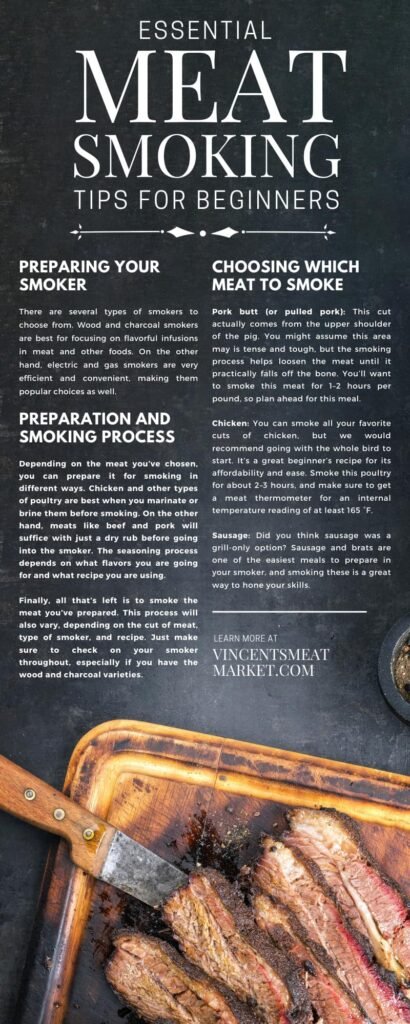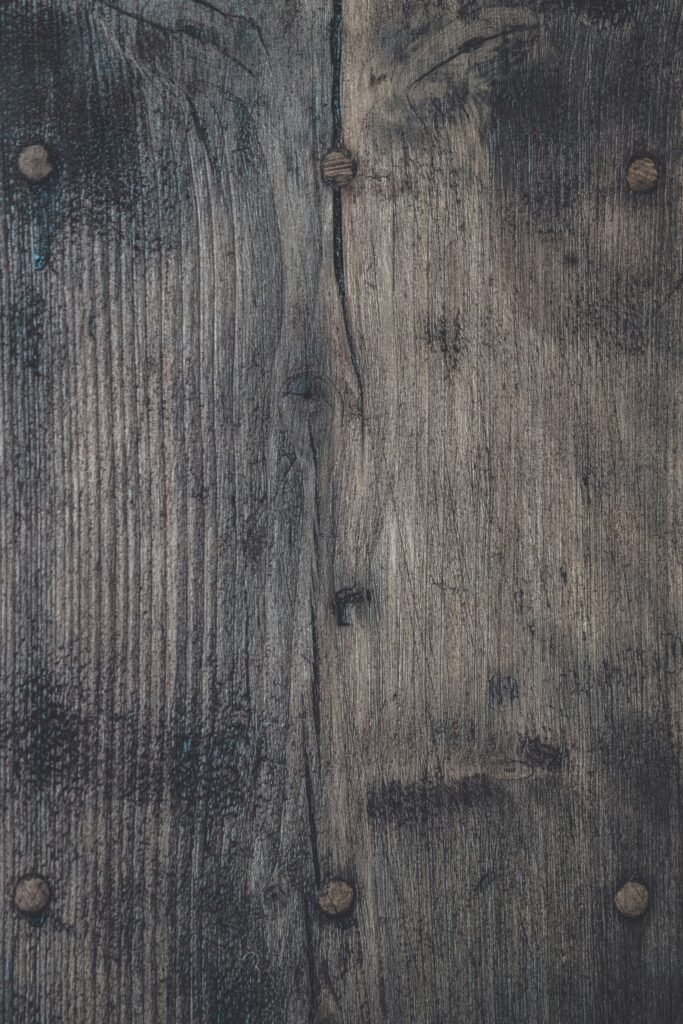Have you ever found yourself pondering the question, “What beef cut truly elevates the smoking experience?” Well, friends, gather ’round because we’re about to embark on a smoky journey that promises to elevate your BBQ game to stratospheric levels. You see, smoking beef isn’t just about tossing any slab of meat on the grill and hoping for the best. Oh no, it’s a fine art that requires a bit of know-how and the right cuts of beef. Imagine us like a gang of culinary explorers, traversing the vast world of smoked foods with Simply Smoked Foods as our trusty guide.

This image is property of images.pexels.com.
Understanding the Science of Smoking
Before we dig into the juicy details of beef cuts, let’s talk about the science behind smoking. We love a good background story, and trust us, this one’s worth knowing. Smoking meats isn’t just a cooking technique; it’s a magical process that transforms ordinary beef into a flavor-packed delicacy. The magic happens when smoke from burning wood interacts with the meat, infusing it with a deep, smoky flavor.
When we’re talking about smoking, we’re referring to a low-and-slow method—not a quick sear over a hot flame. Patience is our best friend here. The key is maintaining a steady, low temperature for several hours, which allows the smoke to penetrate and tenderize the meat. This is why choosing the right cut is so important.
Essential Equipment for Beef Smoking
Now, if we’re getting serious about smoking beef, we need to make sure we’ve got the right equipment at our disposal. Just like you wouldn’t tackle a mountain in flip-flops, we wouldn’t approach a smoking session without our trusty gear. Here’s what we need to have on hand:
Smokers
Here’s where it all begins. We have a few choices: offset smokers, electric smokers, pellet smokers, or even ceramic kamado grills if we’re feeling fancy. Each type of smoker has its own quirks and charms, so the choice really boils down to personal preference.
Thermometers
Temperature is everything in the smoking game. A quality thermometer—not the kind we used to measure a fever—is indispensable. It’s our secret weapon for ensuring the beef cooks evenly and safely.
Wood Chips
Wood chips are like spices in the world of smoking. The type we choose will significantly impact the flavor profile of our beef. Options like hickory, mesquite, apple, and cherry each bring something unique to the table. Let’s experiment with different wood chips to find our preferred smoke flavor.
Preparing Beef for Smoking
Now that we’re equipped and ready, it’s time to roll up our sleeves and prepare the star of the show: the beef. Here’s a bit of insight into how to get our beef prepped and ready for the smoker.
Choosing the Right Cut
Different cuts of beef offer different flavors and textures, which is why choosing the right cut is crucial. Some cuts are naturally tender and juicy, while others might need a little more TLC to reach their full potential. Let’s take a look at our top beef cut recommendations in a bit.
Seasoning and Marinades
Our beef deserves a proper seasoning or marinade. Some folks swear by a simple salt-and-pepper rub, while others opt for intricate marinades. We spend a little time trying out different options until we find what tickles our fancy. Remember, the idea is to enhance the beef’s natural flavors, not to overpower them.
Resting the Meat
Once seasoned, it’s important to let the beef rest at room temperature for about 30 minutes before smoking. This allows the seasoning to penetrate the meat and ensures even cooking.
The Best Beef Cuts for Smoking
Finally, we’ve reached the heart of the matter. Let’s chat about the best beef cuts that transform into culinary masterpieces when placed in a smoker. We promise, these cuts will have us rethinking all those burgers and steaks we’ve ever grilled.
Brisket
Ah, the iconic brisket. We’re pretty sure it has a cult following for a reason. This cut comes from the breast or lower chest of the cow and is incredibly flavorful. With the right technique, brisket becomes tender enough to slice with a butter knife.
Ribeye
Ribeye is typically our go-to for a rich, marbled cut. Its fatty texture renders beautifully during smoking, making it a favorite among those who love a juicy bite. Plus, who doesn’t enjoy a little decadence?
Short Ribs
Short ribs are the unsung heroes of the smoking world. While they might be a bit more fuss to deal with, those who tackle them are rewarded with melt-in-your-mouth beef that’s packed with flavor.
Chuck Roast
We love a good chuck roast for its versatility. Often more affordable, it can be just as impressive as the brisket when given enough time in the smoke. It’s an excellent choice for anyone testing the smoking waters for the first time.
Tri-Tip
The tri-tip is a small, triangular cut from the bottom sirloin. It’s tender and lean, which makes it an ideal candidate for a quick smoke session. This cut works wonders at our backyard BBQ gatherings, delivering maximum flavor with minimal fuss.

This image is property of images.pexels.com.
Smoking Techniques for Beef
Alright, so we’ve chosen our cut, prepped our beef, and now we’re ready to smoke. Let’s look at a few techniques to make sure it comes out perfectly every time.
Low and Slow
This is our mantra. Smoking beef at a low temperature over several hours results in tender, fully cooked meat. Aiming for about 225–250°F is generally what we’re after.
Getting the Right Smoke
Too little smoke and we won’t capture that signature flavor, too much and we’re left with a bitter taste. It’s about striking the right balance. We’re looking for a thin, blue smoke emerging from our smoker, which indicates it’s burning properly.
The Importance of Bark
No, not the kind from a tree. Bark is that delightful crust that forms on smoked meats. We encourage the development of a good bark by being patient and allowing the beef to smoke without too much interference. Seasoning helps, too.
Troubleshooting Common Smoking Problems
Sometimes, things don’t go as planned. And that’s okay—every gourmet was once a novice! Here are a couple of issues that might crop up and how we can address them.
Over-Smoked Beef
If our beef tastes more like a campfire than a culinary delight, we may have overdone the smoke. This often results from using too many wood chips or having the heat too high. Next time, we use less wood and double-check our temperature settings.
Dry Meat
When the beef comes out drier than a desert, we might have overcooked it. Keeping an eye on our thermometer helps avoid this. Additionally, spritzing the beef with water or apple juice during the smoke can product retain moisture.
Uneven Cooking
Ever cut into a piece of beef only to find it’s half-perfect and half raw? This could be due to improper smoker set-up or the beef not being allowed to come to room temperature before smoking. We make sure our beef has rested before cooking and that our smoker is set up correctly.

This image is property of images.pexels.com.
Elevating the Smoked Beef Experience
We’ve got our beef smoking skills down, but there’s always room for a little flourish, right? Let’s talk about how we can jazz things up and impress our family, friends, or even that neighbor who thinks they’re a grill master.
Pairing with Complementary Flavors
We can’t go wrong pairing our smoked beef with some classic sides like creamy mashed potatoes or a crisp, tangy coleslaw. If we’re feeling adventurous, why not try a spicy corn salad or smoked mac and cheese?
Experimenting with Sauces
A good sauce can take smoked beef from excellent to extraordinary. Barbecue sauces are a classic choice, but don’t stop there. We can venture into chimichurris, béarnaises, or even a drizzle of balsamic reduction for a twist.
Presentation Matters
We eat with our eyes first, so let’s make it count. Slice the beef against the grain for maximum tenderness and arrange it attractively on a serving platter. Garnishing with fresh herbs can add a pop of color and a final touch of flavor.
The Joys of Smoking Beef Together
There’s something deeply satisfying about gathering around the smoker with a group of friends or family, watching as it slowly transforms a humble cut of beef into something exquisite. While the smoking process demands patience, it also allows us to bond over shared anticipation—each of us secretly wondering who’ll make the first carve into that stunning smoked brisket.
You know, there’s a beauty in experiencing the art of smoking together, with successes celebrated as collective triumphs and any woeful missteps merely amusing stories for later. Our journey with beef smoking is an ongoing one, full of flavors to discover and techniques to hone.
In the end, whether we’re celebrating a perfectly smoked beef brisket or laughing over an innovative—albeit somehow disastrous—tri-tip experiment, it’s really about the joy of the smoking journey and the memories we create with those around us.
Now, let’s go on and bring some fire to our next backyard gathering. Our adventure with Simply Smoked Foods is just beginning, but oh, what a tasty adventure it shall be.





